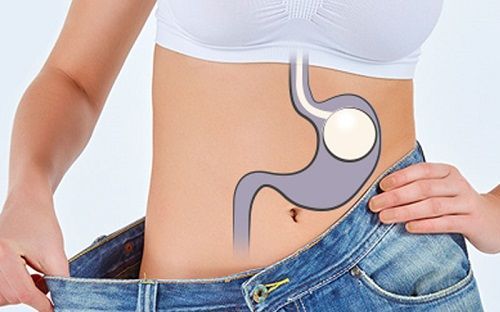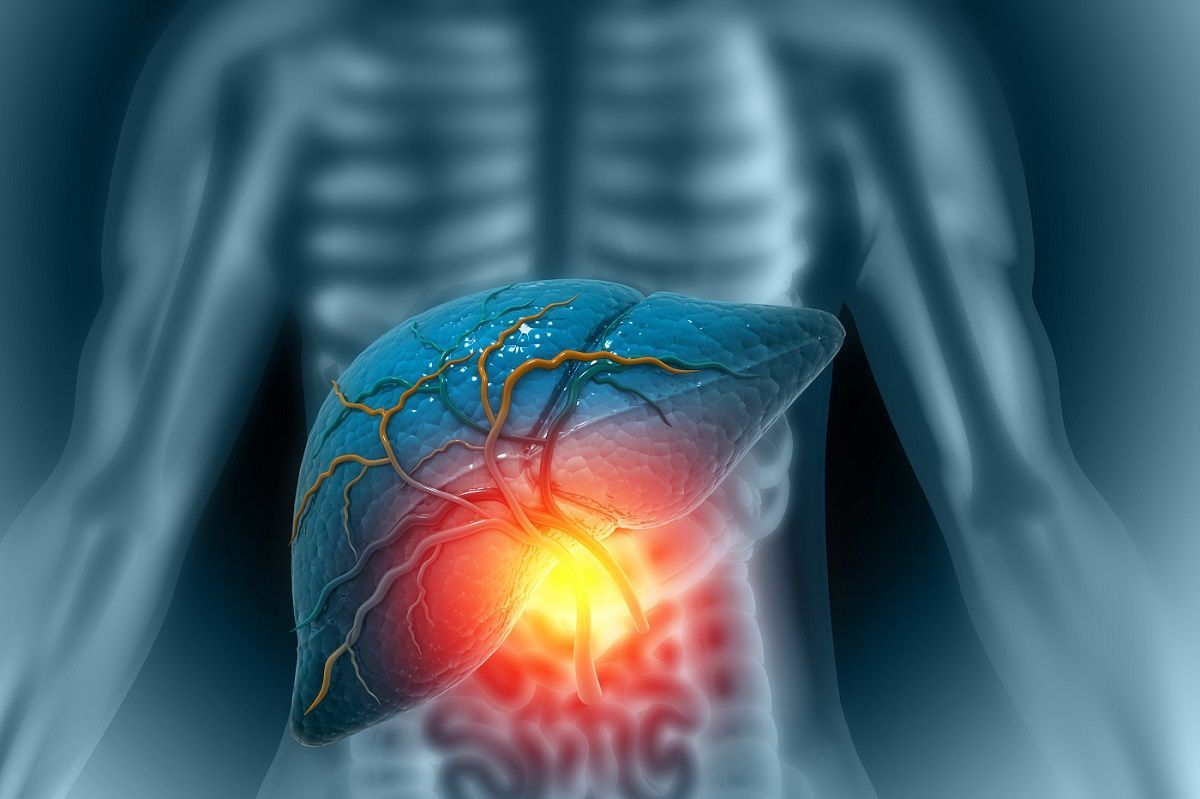Dietary Assessment and Weight Loss Tips for Adults

The goal of dietary assessment is to identify appropriate and actionable areas of change in the patient’s diet and lifestyle and to improve patient health, wellbeing and offer weight loss tips , if necessary.
Patients with complex dietary concerns, or chronic digestive issues , should receive a comprehensive assessment by a certified dietitian. A complete assessment will examine multiple components, including the physical ability to chew and swallow food; evaluation for food intolerances; ability to digest and absorb foods; evaluation of possible eating disorders and appetite fluctuations; unintentional weight loss or gain; taste changes; and the skills and ability to comply with dietary lifestyle changes (shopping, cooking, and understanding of the dietary plan).
Specific dietary and nutritional counseling recommendations will depend on the patient’s comorbidities and are discussed in the appropriate topics. As examples:
- Type 2 diabetes mellitus
- Obesity
- Inflammatory bowel disease
- Cardiovascular disease
- Gastroesophageal reflux disease
GENERAL RECOMMENDATIONS FOR A HEALTHY DIET
Eat lots of vegetables, fruits, and whole grains and a limited amount of red meat. Get at least five servings of fruits and vegetables every day. Tips for achieving this goal include:
- Make fruits and vegetables part of every meal. Eat a variety of fruits and vegetables. Frozen or canned can be used when fresh isn’t convenient.
- Eat vegetables as snacks.
- Have a bowl of fruit out all the time for kids to take snacks from.
- Put fruit on your cereal.
- Consume at least half of all grains as whole grains (like 100 percent whole wheat bread, brown rice, whole grain cereal), replacing refined grains (like white bread, white rice, refined or sweetened cereals).
- Choose smaller portions and eat more slowly.
Cut down on unhealthy fats (trans fats and saturated fats) and consume more healthy fats (polyunsaturated and monounsaturated fat). Tips for achieving this goal include:
- Choose chicken, fish, and beans instead of red meat and cheese.
- Cook with oils that contain polyunsaturated and monounsaturated fats, like corn, olive, and peanut oil.
- Choose margarines that do not have partially hydrogenated oils. Soft margarines (especially squeeze margarines) have less trans fatty acids than stick margarines.
- Eat fewer baked goods that are store-made and contain partially hydrogenated fats (like many types of crackers, cookies, and cupcakes).
- When eating at fast food restaurants, choose healthy items for yourself as well as your family, like broiled chicken or salad.
- If choosing prepared or processed foods, choose those labeled “zero trans fat.” They may still have some trans fat but likely less than similar choices not labeled “zero.”
Avoid sugary drinks and excessive alcohol intake. Tips for achieving this goal include:
- Choose non-sweetened and non-alcoholic beverages, like water, at meals and parties.
- Avoid occasions centered around alcohol.
- Avoid making sugary drinks and alcohol an essential part of family gatherings.
Our meal planning tips can help you achieve overall wellness and keep you on track with healthy eating choices. Remember to keep calorie intake balanced with needs and activity level.
Source: Uptodate ®
Learn More About Diet And Medication For Weight Loss
About Romina Waisbaum, San Diego Dietitian
5 Simple Meal Planning Tips
Digestive Issues: Debunking Myths With Facts
Avoiding Digestive Issues: The Importance of a Bilingual Dietitian
Obesity in Adults: Behavioral Therapy & Weight Loss Clinics
The Ultimate Guide for Plant Based Weight Loss
Weight Loss Medications Explained
An Overview Of Weight Loss Procedures
The post Dietary Assessment and Weight Loss Tips for Adults appeared first on Gastro SB.










